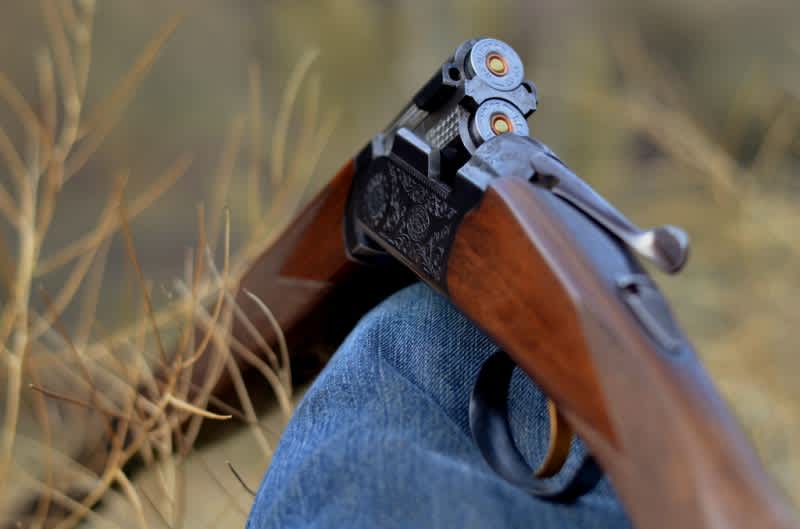Maintaining Your Hunting Firearm
Alabama DCNR 02.04.13

Most of us realize we must maintain our equipment if we want it to work properly. Just as our vehicles must have regular maintenance, such as oil changes, to keep them running dependably, our firearms also require maintenance in order for them to operate reliably.
Before any maintenance is to be conducted, however, it is important to remember the cardinal rule of firearm safety. Always treat every firearm as if it was loaded. This is true whether you are putting a firearm back in its case after a day of hunting or pulling it out of a safe at home to conduct routine maintenance. Check and recheck both the chamber and magazine to make certain the gun is unloaded. A good rule of thumb is to store ammunition and firearms in separate, secure locations, especially when young children are present. As hard as it is to believe, most indoor firearm accidents happen with a perceived “unloaded” firearm. Knowing, not assuming, that your firearm is unloaded is a necessity before any maintenance is attempted, regardless of whether you are servicing a rifle, pistol, shotgun, or even a muzzleloader.
Some people make no more effort to clean a firearm than wiping the outside with an oily cloth to prevent rust buildup. While this is an important practice that contributes to a well-maintained firearm, this alone falls short of what is required. Compare this to washing your truck on the outside but neglecting to maintain the cab interior and motor. As with a vehicle, it is a good practice to start by checking the gun for obvious signs of wear and tear. For a rifle, this may include checking tightness of screws on scope rings and bases, screws on the stock and sling swivels. Also, remember to inspect iron sights for loose screws and scopes for dirty lenses and missing or loose adjustment caps.
Next, be sure to inspect the inside of the firearm. If disassembling a firearm for the first time, helpful information on how to proceed can be obtained from the instruction manual, the Internet, or sporting goods store personnel. As most firearms have springs and other small parts, it is important to use caution during disassembly so as not to lose anything. It is helpful to have a large workbench or table to lay the firearm on and organize parts during disassembly. A digital camera can also be used to take pictures before and during disassembly. The photos can be used as a reference when putting the pieces back together.
Inspect each part for wear, cracks, and any other signs that could hinder reliable operation. Clean the chamber with a snug-fitting wire brush and swab. Be sure to remove old oil, powder residue and lead fouling from all parts. Don’t forget the crevices, grooves and springs. One important area that is often overlooked is the extractor. Over time, a combination of lead fouling, oil and dirt may fill in the groove of the extractor, hindering its ability to reliably remove the fired cartridge. Use a small pick, such as a toothpick or one made from a wire, to clean this area.
Never use penetrating oils such as WD-40 to oil internal parts of a firearm. These oils can penetrate inside a cartridge and prevent it from firing. Use oils made specifically for firearms and take care to wipe excess oil off of internal parts. Excess oils can attract dirt and cause parts to become gummy, which could lead to a malfunction. Keeping the internal working parts of a firearm clean and properly lubricated will help ensure your firearm works properly.
Hunters hunt for a variety of reasons, but having the opportunity to harvest an animal of a lifetime or participate in a once in a lifetime hunt is something all hunters dream about. Knowing your firearm is clean and properly cared for will remove one thing to worry about when that opportunity arises.

